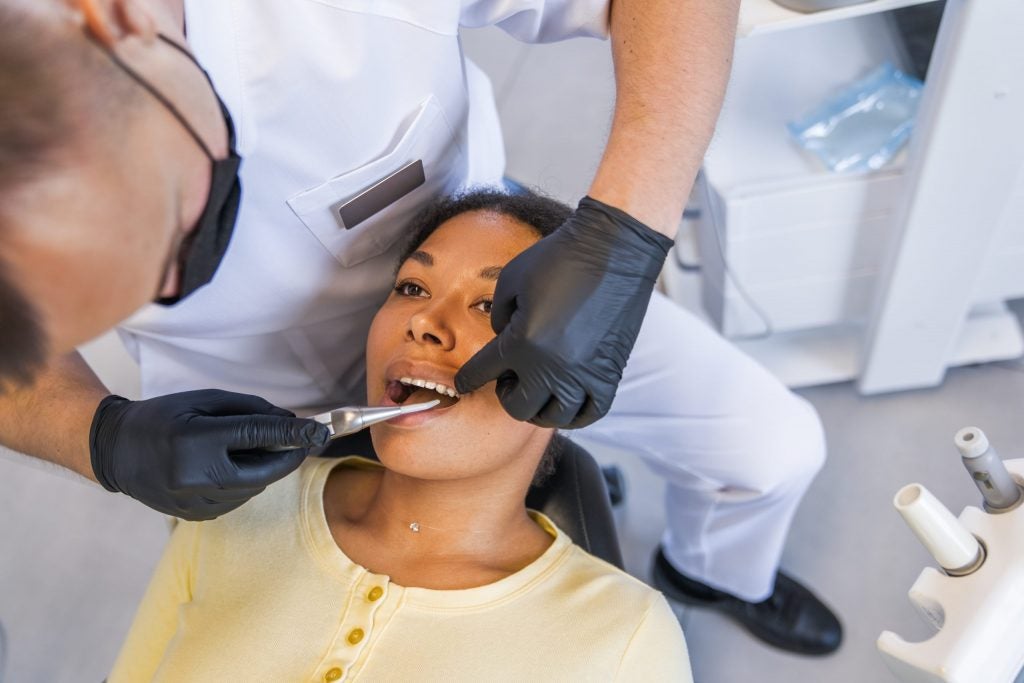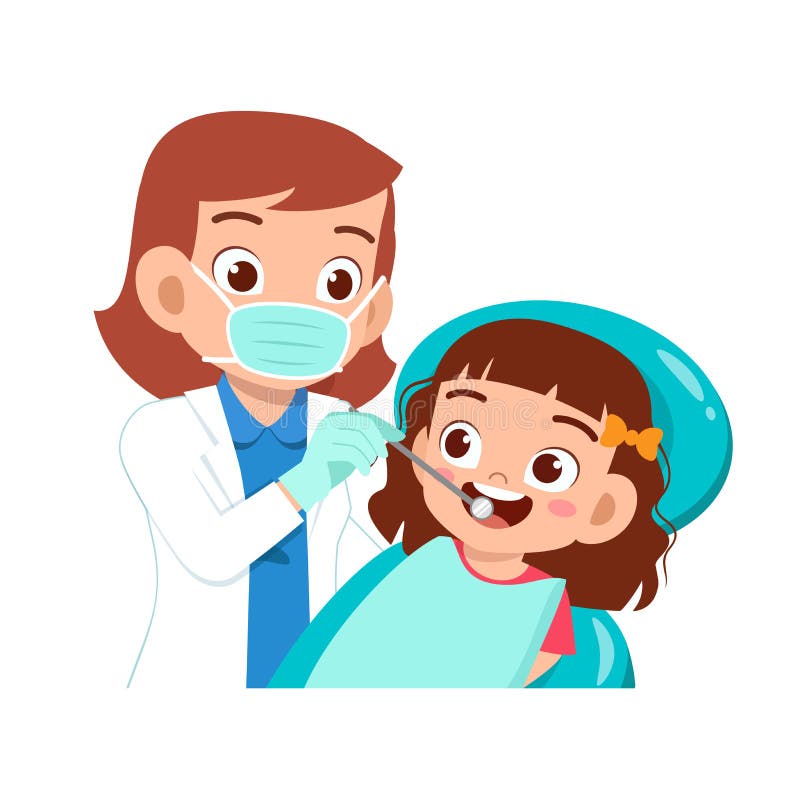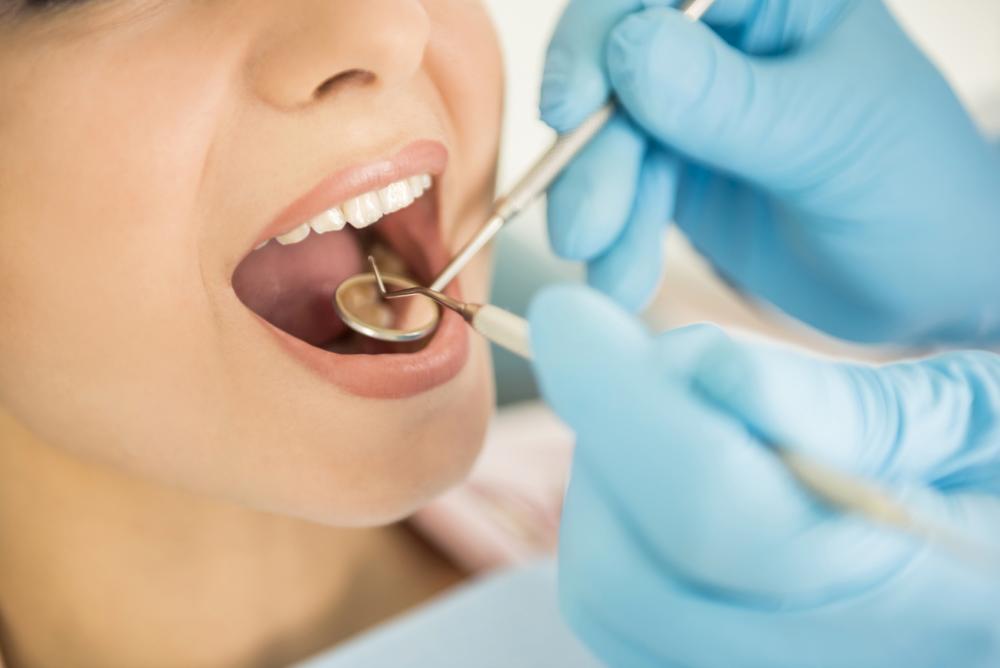What to Expect from Your First Visit to a Dentist in Eugene Oregon
What to Expect from Your First Visit to a Dentist in Eugene Oregon
Blog Article
Check Out the Series Of Dental Issues Dentists Frequently Handle
From the widespread problem of tooth cavities triggered by bacterial activity to the much more dangerous development of gum tissue disease, oral professionals should be skilled at early detection and treatment. Tooth sensitivity, commonly resulting from used enamel, includes an additional layer of intricacy, while the early identification of oral cancer cells can be life-saving.

Tooth Cavities and Dental Caries
While keeping optimal oral health is important, dental caries and tooth decay stay widespread problems that dental practitioners regularly attend to. Dental caries, likewise referred to as cavities, are brought on by the demineralization of tooth enamel because of acid-producing bacteria in the mouth. These germs grow on sugars and starches from food and beverages, producing a cycle of acid assaults that progressively erode the enamel and dentin layers of teeth. If left without treatment, dental caries can lead to significant oral difficulties, consisting of infections and missing teeth.
To identify cavities and tooth degeneration, dentists employ a mix of aesthetic assessments, dental X-rays, and sometimes laser fluorescence gadgets. For even more sophisticated decay, a dental practitioner might require to get rid of the jeopardized tissue and recover the tooth with dental fillings made from materials such as composite material, amalgam, or porcelain.
Safety nets are critical in combating cavities and dental cavity. Routine oral examinations, proper cleaning and flossing methods, and a well balanced diet plan reduced in sugary foods and drinks are essential techniques that sustain oral wellness and minimize the danger of tooth decays.
Gum Tissue Condition
Gum tissue condition, likewise understood as periodontal disease, is a major oral health concern that influences the cells surrounding and supporting the teeth. It begins with gingivitis, which is identified by red, inflamed periodontals that may hemorrhage conveniently. If left without treatment, gingivitis can advance to periodontitis, an extra extreme kind of periodontal disease that can lead to missing teeth and damages to the jawbone.
Periodontitis happens when plaque, a sticky film of microorganisms, solidifies into tartar and accumulates listed below the periodontal line. This causes the gums to retreat from the teeth, producing pockets that become contaminated. As the body's body immune system battles the germs, the bone and connective tissue that hold teeth in position are damaged down. The risk elements for gum tissue disease include poor dental hygiene, smoking, diabetes mellitus, and hereditary predisposition.

Tooth Sensitivity
Beyond periodontal condition, another typical oral issue that individuals regularly experience is tooth level of sensitivity. Characterized by a sharp, transient discomfort in feedback to stimuli such as hot, cool, sweet, or acidic foods and beverages, tooth sensitivity can dramatically impact a client's top quality of life.
Furthermore, dental procedures, broken teeth, and gum disease can expose the dentin. To mitigate tooth sensitivity, dentists might advise making use of tooth paste developed for sensitive teeth, fluoride treatments to strengthen enamel, or oral bonding to cover revealed dentin.

Oral Cancer Cells
Dental cancer, a severe and possibly deadly problem, often flies under the radar in routine oral treatment conversations. This type of cancer can impact any type of component of the mouth, including the lips, tongue, cheeks, floor of the mouth, difficult and soft tastes, sinuses, and throat. Early detection is essential for successful therapy, yet several cases are diagnosed at advanced stages because of subtle preliminary signs and symptoms.
Dental practitioners play a pivotal role in the early detection of oral cancer. During regular exams, they meticulously examine the oral tooth cavity for unusual lesions, relentless sores, or unusual swellings. They might likewise employ adjunctive testing devices such as light sources or special dyes to recognize suspicious areas that are not visible to the nude eye.
Danger variables for dental cancer include tobacco usage, too much alcohol intake, human papillomavirus (HPV) infection, and long term direct exposure to the sunlight. People are suggested to report any kind of relentless modifications in their oral health, such as difficulty ingesting, inexplicable blood loss, or tingling, to their dental practitioner quickly.
Misaligned Bites
Misaligned attacks, likewise referred to as malocclusions, are a common oral problem that can considerably impact both dental health and wellness and overall top quality of life. These problems happen when the upper and lower teeth do not straighten effectively, causing difficulties in attacking, chewing, and even talking. Malocclusions can be classified right into numerous types, consisting of overbites, underbites, crossbites, and open bites, each presenting one-of-a-kind difficulties that require customized treatment strategies.
The sources of misaligned attacks are diverse and can consist of genetic variables, early loss of baby teeth, thumb sucking, and injuries to the jaw. Signs frequently consist of discomfort or discomfort in the jaw, frequent biting of the inner cheeks, and an enhanced threat of dental cavity and periodontal condition because of trouble in maintaining dental hygiene.
Dentists and orthodontists use a range of treatments to address misaligned bites, from typical braces and clear aligners to advanced surgeries in severe cases. Early diagnosis and therapy are crucial to stop difficulties such as temporomandibular joint (TMJ) disorders and unusual endure teeth. Via comprehensive assessment and personalized treatment plans, dental specialists play a pivotal role check this in remedying malocclusions and boosting people' oral function and appearances.
Verdict
Dental caries and tooth degeneration result from microbial activity that compromises tooth enamel, while periodontal disease can intensify from gingivitis to serious gum problems. Tooth level of sensitivity includes pain from thermal stimulations, requiring particular care.
To detect tooth cavities and tooth decay, dentists use a combination of visual exams, dental X-rays, and sometimes laser fluorescence tools.Beyond periodontal disease, an additional common oral problem that patients regularly come across is check out this site tooth level of sensitivity. Furthermore, oral treatments, cracked teeth, and gum tissue disease can reveal the dentin. To reduce tooth level of sensitivity, dental experts may suggest using tooth paste developed for delicate teeth, fluoride treatments to reinforce enamel, or dental bonding to cover revealed dentin - eugene dentist. Tooth cavities and tooth degeneration result from bacterial task that endangers tooth enamel, while periodontal condition can escalate from gingivitis to serious gum conditions
Report this page